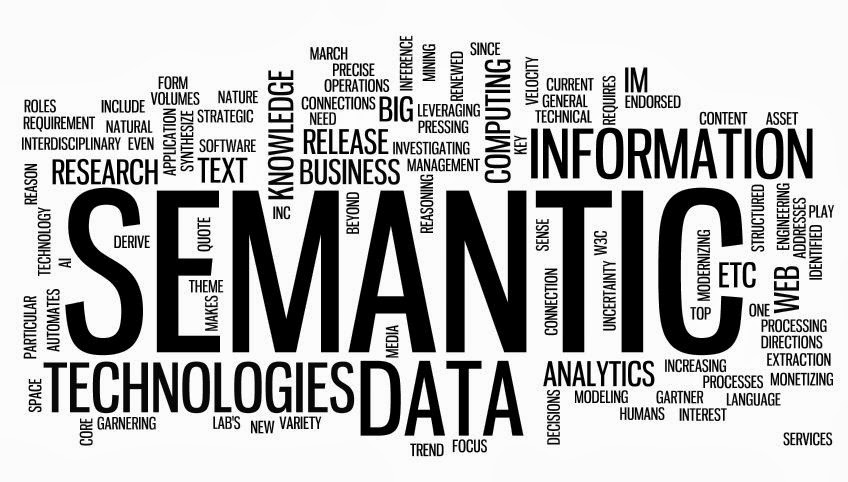Smartphones in the foreseeable future, search on smartphones will allow for intuitive logic not just text-matching based on keywords. But what will our smartphones offer in the Web 3.0 world of Semantic Technology, Augmented Reality and the Internet of Things?
Semantic search is already being addressed by the major search engines and social networks to understand the intent of the user. All the major players are competing for dominance of semantic computing because it's been identified as the solution to the demanding needs of big data.
Battle of the Technology Titans, so what else will Smartphones offer us in the future
Wired's Charles Silver points to this space as the "next battle ground for the titans of Tech," where heavy investments have been dedicated to Semantic Technology for over a decade. Most have powerful in-house applications (Facebook’s Social Graph and Google’s Knowledge Graph being prime examples). Bing blends its Semantic Technology and Tiger indexing technology to improve its searching techniques.
Intuitive Search
Whether or not Google will be the next Google will be played out in the next iteration of the Internet – Web 3.0. However, the Granddaddy of search engines seems to be outpacing the competition with its re-engineered algorithm, Hummingbird. Focused on mobile browsing and communication across multiple devices, Hummingbird, fuelled by the Big G's Knowledge Graph has been developed to understand the relationship between words and phrases. Google Search will no longer rely on keywords in silos, but rather the interconnectivity of those words – what’s being termed ‘intuitive search.'
Augmented Reality & Internet of Things
In tandem with the scientific advancement of search, Web 3.0 has also spawned Augmented Reality (AR) and the Internet of Things, where both will expand beyond today’s novelty stage to become an essential part of our everyday lives. While AR enhances the real world we view with overlays of descriptive data, the Internet of Things will connect us to our physical objects and devices with embedded technology permitting us to communicate and interact with our things at home and in the office remotely.
A report by Juniper Research states there's the possibility of a “paradigm shifting utilization of AR within social media, breaking the digital-physical wall with potential future uses allowing a digital representation of a person to appear in the users surroundings.” Instead of text overlays, virtual spokespeople will provide us with data pertaining to what we are viewing.
"By 2020, component costs will have come down to the point that connectivity will become a standard feature, even for processors costing less than $1," said Gartner Research director Peter Middleton. "This opens up the possibility of connecting just about anything (via the IoT), from the very simple to the very complex, to offer remote control, monitoring and sensing."
Telecom Speed
Since today's generation’s computing usage has transitioned from desktops to smartphones, it stands to reason that our mobile connectivity not only needs to advance to keep pace, but also to accommodate all of this new Web 3.0 technology. This means existing telecom services have to be prepared for the influx of more data travelling throughout their networks.
Of course, while all of these advancements rely on widespread reliable Internet connections, more importantly they are going to require greater levels of speed than ever in the past.
Out of all the existing commercial networks, Sprint's high speed Wireless Internet seems to be outpacing the pack. A new technology recently launched by their network could soon be able to deliver 1 gigabit per second (Gbps) over-the-air speed, which has the potential to surpass wireless speeds of any U.S. network provider. Dubbed Sprint Spark™, the wireless carrier demonstrated its enhanced LTE technology at its lab near Silicon Valley, California on October 30.
Sprint says the Sprint Spark network capability will cover approximately 100 million users by the end of 2014, enabling users speeds that are faster than current LTE networks in use around the country.
End Result
It's not just the Googles and Facebooks of this world that understand the inevitability of being prepared for Web 3.0, but also multi-nationals such as Wal-Mart and Viacom have invested heavily in Semantic Web technologies. Even superpowers like China have seen the need to compete for dominance in this space. The power of Smartphones
posted by www.anymobilesmartphone.co.uk
